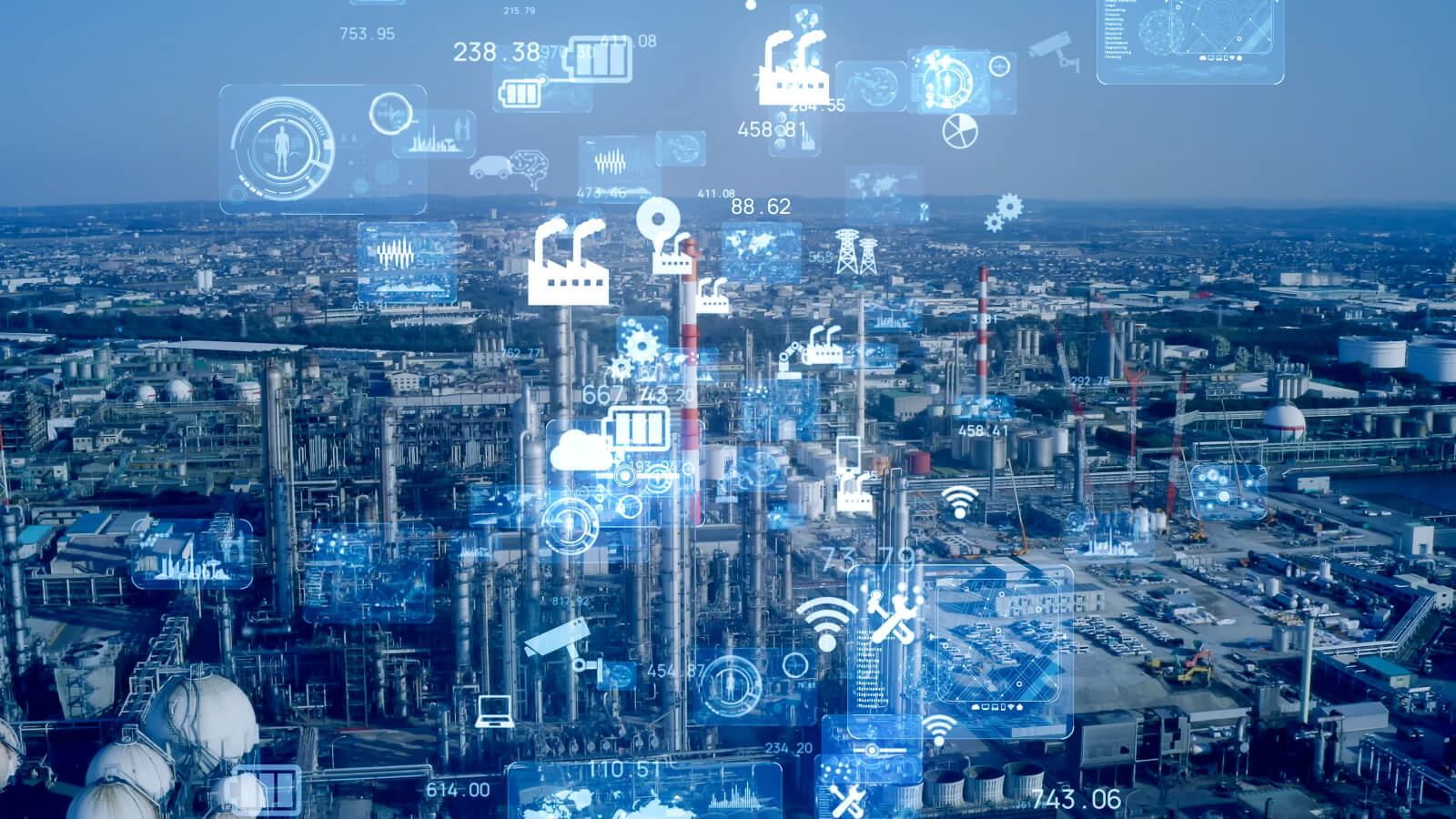
This article originally appeared on ISMWorld.org
It’s hard to believe we’re more than halfway through 2023. It’s been a whirlwind year thus far, capped by recent breakneck innovations in technology. From the supply chain perspective, there is a lot to consider when it comes to these new tools — and a lot to look forward to, as well. Here’s a look at the state of supply chain tech, as well as what stakeholders can expect for the rest of the year.
A lot has changed in six months. Supply chain transportation is returning to normal, compared to the extreme costs and shortages of the pandemic. This shift has given power back to the shippers, who are now increasing pressure on carriers to be timely and compliant. As a result, carriers are newly incentivized to improve performance and tracking – and they’re investing more heavily in technologies to help them execute.
Organizations are also increasingly procuring technologies that support sustainability. In the cold chain, for example, supply chain data is being used to optimize delivery routing — thereby reducing the amount of time goods need to be refrigerated. Monitoring and alerts on refrigerated trucks are likewise minimizing waste. When it comes to emissions, technology is helping logistics managers avoid excess idling in the yard and at ports by optimizing time slots and other processes. And as organizations look for ways to measure and benchmark these sustainability metrics, the U.S. Environmental Protection Agency’s SmartWay program is gaining momentum.
We’re also seeing a shift in understanding around digital twins and control towers. A year ago, many industry players considered these two concepts to be synonymous. Today, however, companies are separating these ideas, implementing control towers in different phases and/or for various focus areas (for example, having one control tower for transport as well as one for planning), before eventually amalgamating into a digital twin.
Companies have also been investing heavily in their own data lakes — building workflows that connect various elements of their business together in an attempt to make better-informed, data-driven decisions. But while they are helpful for backward-looking lessons learned, proprietary data lakes often lack the ability to make fully informed, real-time predictions or decisions.
That’s because these data lakes and homemade control towers don’t paint a full picture. While these companies benefit from richer data within their own walls, many are unable to effectively import external data and integrate it with their own. These siloed data lakes also result in a lack of standardization, which hampers data sharing between companies and across industries. And when supply chain partners don’t send data on time, or are protective of their data, or don’t include data for every field, it only compounds the challenge.
Over the second half of 2023, we should see increasing efforts to improve these data silos through better information sharing and data standardization. Among businesses and governments alike, recognition is growing around the “network effect” – information that can span from network to network, connecting even seemingly unrelated players, factors, and events for true, end-to-end supply chain visibility. One example is Freight Logistics Optimization Works (“FLOW”), which brings together U.S. supply chain stakeholders to create a shared, common picture of the network of supply chains.
These networks will also come together more effectively with the help of artificial intelligence. Indeed, AI is the hottest story of the moment – and we expect it to stay that way through the rest of the year. Leaders across industries are feverishly looking into ChatGPT and other large language models for ways to improve their business processes. In the supply chain, we should see these tools employed beyond text filtering to answer increasingly complex supply chain questions and optimize operations.
As we round the corner toward 2024, the volatility of the pandemic is squarely in our rearview mirror. By embracing IoT, data sharing, AI, and other visibility-boosting capabilities, stakeholders up and down the supply chain can help ensure a smooth road ahead.